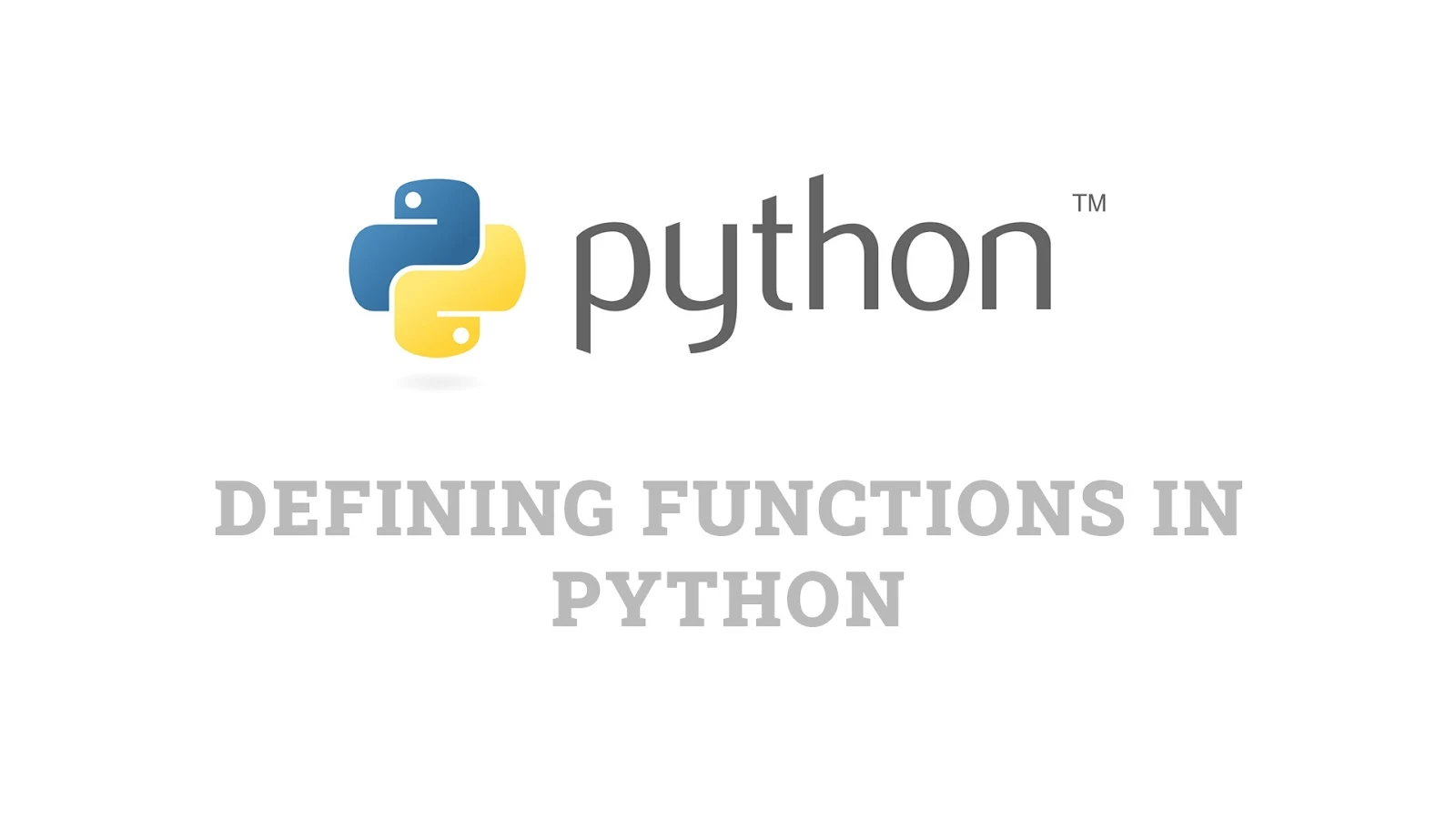Overview
Defining Functions in Python allows you to create reusable blocks of code to perform
specific tasks. Functions not only keep your code organized but also make it more readable and easier
to maintain. In this article, we’ll explore how to define functions with the def keyword,
discuss naming conventions, and showcase some examples of how functions can streamline your workflow.
Basic Syntax of a Function
In Python, you define a function using the def keyword, followed by the function name and
a pair of parentheses. Any parameters go inside the parentheses, and the function body is indented:
def greet():
print("Hello!")
This minimal example defines a function named greet. To run its code, you must
call the function:
greet() # Outputs: Hello!Function Naming Conventions
Python’s style guide (PEP 8) suggests using lowercase letters with underscores (snake_case)
for function names, describing the task succinctly:
def calculate_total():
pass
Avoid overly long names. Instead, choose concise, descriptive labels that reveal the function’s purpose.
Using Parameters
Functions often need input data. You can define one or more parameters inside parentheses. For example:
def greet_user(name):
print("Hello,", name)
greet_user("Alice") # Outputs: Hello, Alice
Here, name is a parameter that the caller must supply when invoking greet_user.
Default Parameter Values
Python lets you assign default values to parameters, making them optional. If a value isn’t provided in the function call, Python uses the default:
def greet_user(name="Guest"):
print("Hello,", name)
greet_user() # Hello, Guest
greet_user("Bob") # Hello, Bob
This approach is useful when you want to allow callers to omit certain arguments.
Keyword and Positional Arguments
In Python, function parameters can be passed by position or by name:
def describe_animal(name, species):
print(name, "is a", species)
# Positional arguments
describe_animal("Luna", "cat")
# Keyword arguments
describe_animal(species="dog", name="Charlie")
Keyword arguments improve code clarity and allow you to reorder parameters without confusion.
Docstrings for Documentation
A triple-quoted string at the beginning of a function definition serves as a docstring. Docstrings explain what the function does and how to use it:
def multiply(a, b):
"""
Returns the product of a and b.
:param a: First number
:param b: Second number
:return: Multiplication result
"""
return a * b
When someone calls help(multiply), Python displays this docstring, aiding clarity and
collaboration.
Putting It All Together
Here’s a quick example that ties these concepts together by calculating a total price with optional tax and discount rates:
def calculate_price(base_price, tax_rate=0.07, discount=0.0):
"""
Calculates the final price given a base price,
an optional tax rate, and an optional discount.
:param base_price: float representing the initial cost
:param tax_rate: float (default 0.07) for the tax
:param discount: float (default 0.0) discount percentage (0-1)
:return: float representing the final price
"""
tax_amount = base_price * tax_rate
discount_amount = base_price * discount
final_price = base_price + tax_amount - discount_amount
return final_price
# Using positional and keyword arguments
print(calculate_price(100.0)) # Tax added, no discount
print(calculate_price(100.0, discount=0.1)) # 10% discount
print(calculate_price(200.0, tax_rate=0.05)) # 5% tax
This flexible function showcases how default values, parameters, and docstrings converge to create readable, maintainable code.
Tips and Best Practices
- Keep Functions Small: Each function should handle one clear task. Large functions are harder to debug and reuse.
- Meaningful Names: Use descriptive names reflecting the function’s purpose. Avoid abbreviations that obscure meaning.
- Use Type Hints (Optional): Adding type hints (
def add(a: int, b: int) -> int:) can improve clarity and help with static analysis tools. - Document Thoroughly: Well-written docstrings give future maintainers (and your future self) a clear roadmap.
Conclusion
Defining Functions in Python fosters code reuse, readability, and maintainability. By leveraging default parameters, keyword arguments, and docstrings, you create concise, self-documenting functions that effectively communicate their intentions. As you grow more comfortable, you’ll discover advanced features like function annotations, decorators, and more—further enhancing how you structure your Python code.
 Reviewed by Curious Explorer
on
Monday, January 13, 2025
Rating:
Reviewed by Curious Explorer
on
Monday, January 13, 2025
Rating:




No comments: